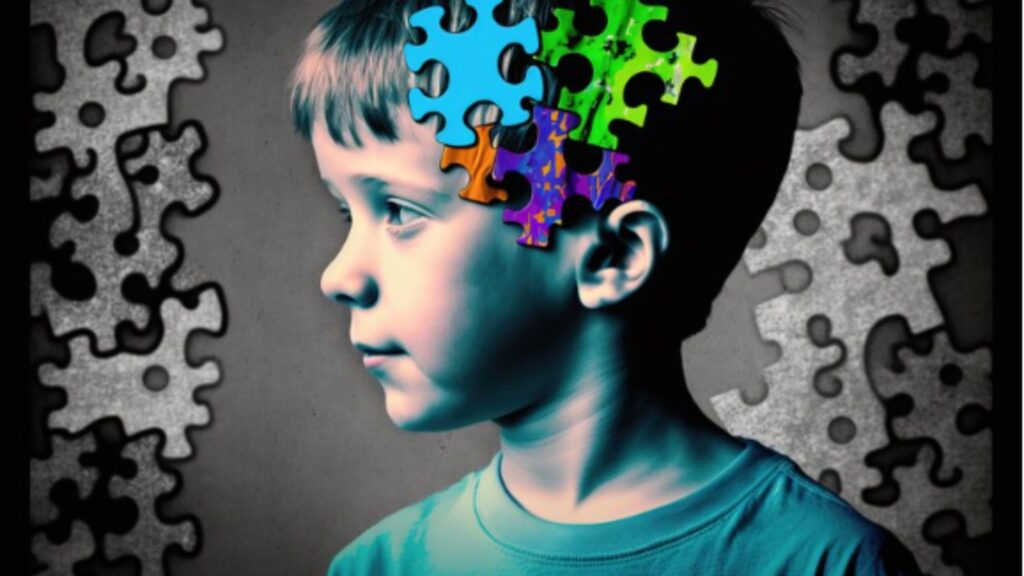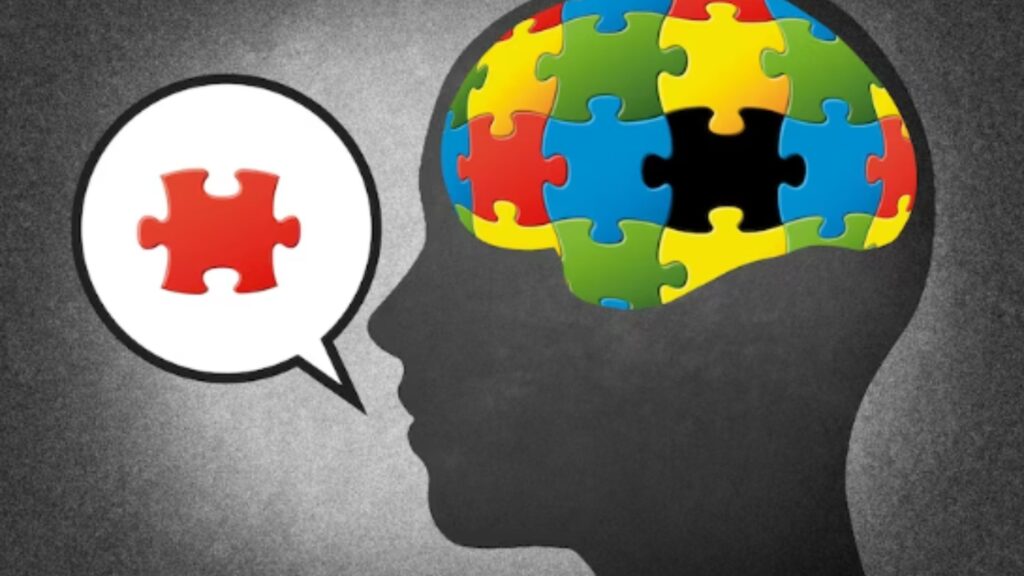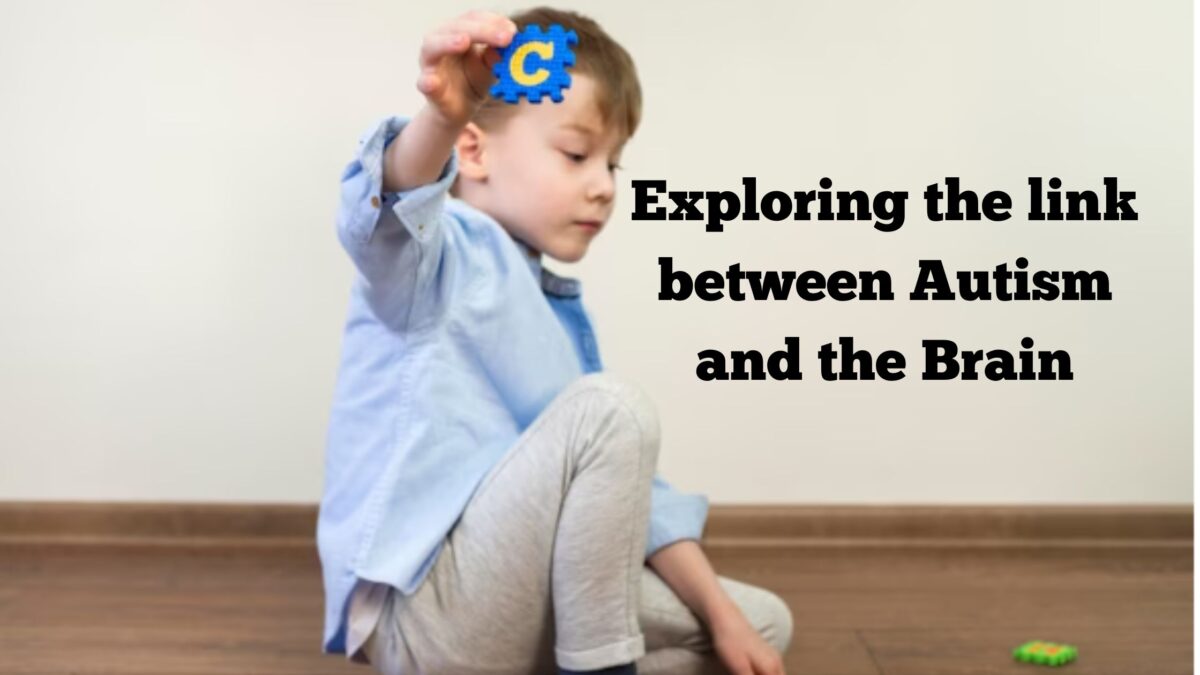Autism, also known as Autism Spectrum Disorder (ASD), is a complex developmental disorder that affects communication, social interaction, and behavior. It is a spectrum disorder, which means that it affects individuals in different ways and to varying degrees. The prevalence of autism has been increasing in recent years, with the latest estimates suggesting that 1 in 54 children in the United States has autism.
While the exact cause of autism is not yet known, researchers have been studying the link between autism and the brain for many years. In this blog post, we will explore the latest research on the link between autism and the brain and how it can help us better understand this disorder.
What is Autism?

Autism is a neurodevelopmental disorder that affects the way an individual communicates, interacts with others, and perceives the world around them. It is characterized by a range of symptoms, including difficulty in social interaction, communication, and repetitive behaviors or interests.
Symptoms of autism can vary widely between individuals, but some of the most common include:
- Delayed or absent language development
- Difficulty in social interactions and forming relationships
- Repetitive behaviors or interests
- Sensory issues, such as oversensitivity to light or sound
- Difficulty with changes in routine or environment
Autism is a spectrum disorder, which means that the severity of symptoms can range from mild to severe. Some individuals with autism may have excellent language and cognitive skills but struggle with social interaction, while others may have severe language and cognitive impairments.
The Link between Autism and the Brain:

While the exact cause of autism is not yet known, research suggests that it is a complex disorder that involves both genetic and environmental factors. The link between autism and the brain has been studied extensively, and researchers have identified several differences in the brain structure and function of individuals with autism compared to those without.
Brain Structure Differences in Autism:

One of the most significant differences in the brain structure of individuals with autism is the increased size of certain areas of the brain, particularly the amygdala and the prefrontal cortex.
The amygdala is responsible for processing emotions and social cues, and its enlargement in individuals with autism may explain their difficulty in social interactions and processing emotions.
The prefrontal cortex is responsible for planning, decision-making, and social behavior, and its enlargement in individuals with autism may be related to their repetitive behaviors and difficulty in social interactions.
Other brain structure differences observed in individuals with autism include abnormalities in the cerebellum, the corpus callosum, and the fusiform gyrus. The cerebellum is responsible for coordination and motor control, while the corpus callosum connects the two hemispheres of the brain. Abnormalities in these areas may explain the motor and cognitive deficits observed in some individuals with autism.
Brain Function Differences in Autism:

In addition to structural differences, researchers have also observed differences in brain function in individuals with autism. One of the most significant differences is in the way the brain processes information, particularly social information.
Studies have shown that individuals with autism have reduced activity in the regions of the brain that are responsible for processing social information, such as the superior temporal sulcus and the fusiform gyrus. This reduced activity may explain their difficulty in understanding social cues and processing emotions.
Other differences in brain function observed in individuals with autism include:
- Increased activity in the visual cortex, which may explain their heightened sensitivity to light and visual stimuli
- Decreased activity in the mirror neuron system, which may explain their difficulty in imitating others and learning from observation
- Increased activity in the default mode network, which is responsible for self-referential thinking and daydreaming, and may explain their tendency towards repetitive behaviors and interests.









